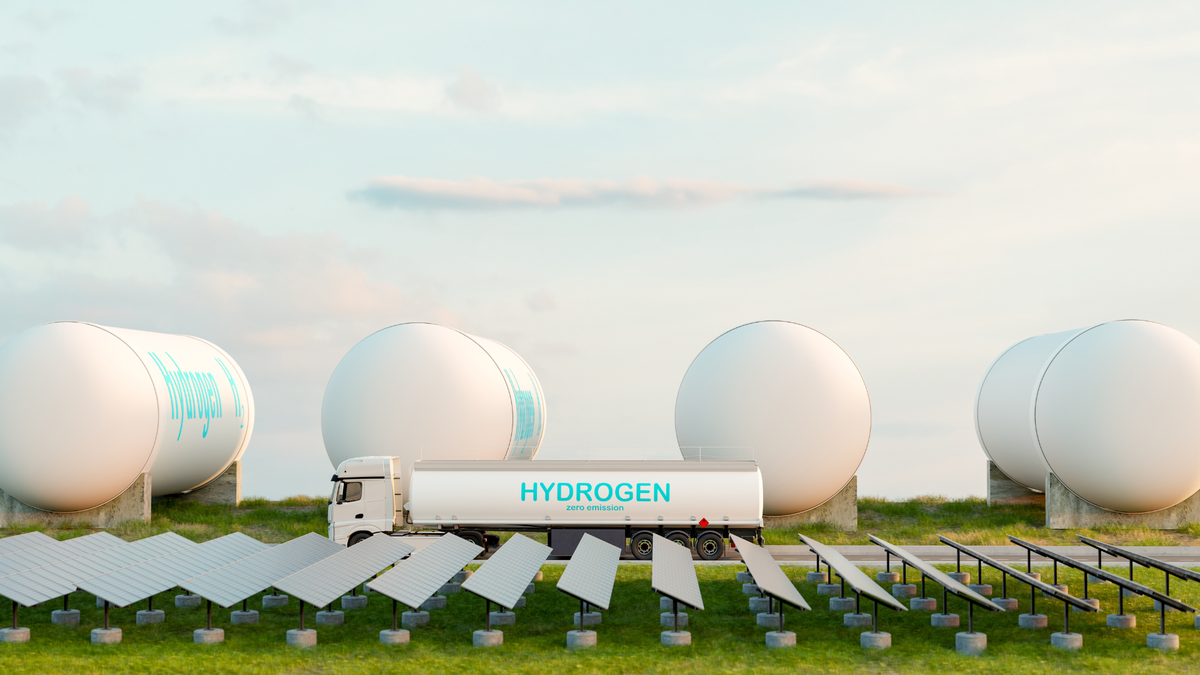EU Sets Regulatory Roadmap for Hydrogen Valleys, Expands Financial Support

The European Commission has unveiled a new working document that outlines the future of hydrogen valleys within its regulatory framework. The focus is primarily on financial aspects, with regulations playing a secondary role. The document is part of the broader hydrogen economy strategy, offering exemptions for geographically limited hydrogen networks, including hydrogen valleys, from standard electricity and gas market rules.
Hydrogen valleys are regions dedicated to hydrogen production, storage, and usage, aiming to decarbonize and transform energy. Emerging in the early 21st century, these valleys integrate the hydrogen value chain, utilizing renewable energy for production, storage, and applications across various sectors.
The European Commission plans to bolster hydrogen valley development through expanded financial programs such as the Investment Fund, Just Transition Fund, and European Regional Development Fund. Additionally, the Clean Hydrogen Joint Undertaking, a public-private partnership under Horizon Europe, will play a crucial role. The EU's Strategic Research and Innovation Agenda (SRIA) will also implement a green hydrogen pilot program.
In Poland, although the concept of hydrogen valleys lacks a formal legal definition, several such regions exist, particularly in urban areas. The Polish Hydrogen Strategy, aligned with EU initiatives and global climate agreements, focuses on energy, industry, and transport, aiming to decarbonize the economy using low-emission hydrogen. Poland, a leader in EU hydrogen production, produces 1.3 million tons annually, second only to Germany and the Netherlands.
Source: SmogLab




